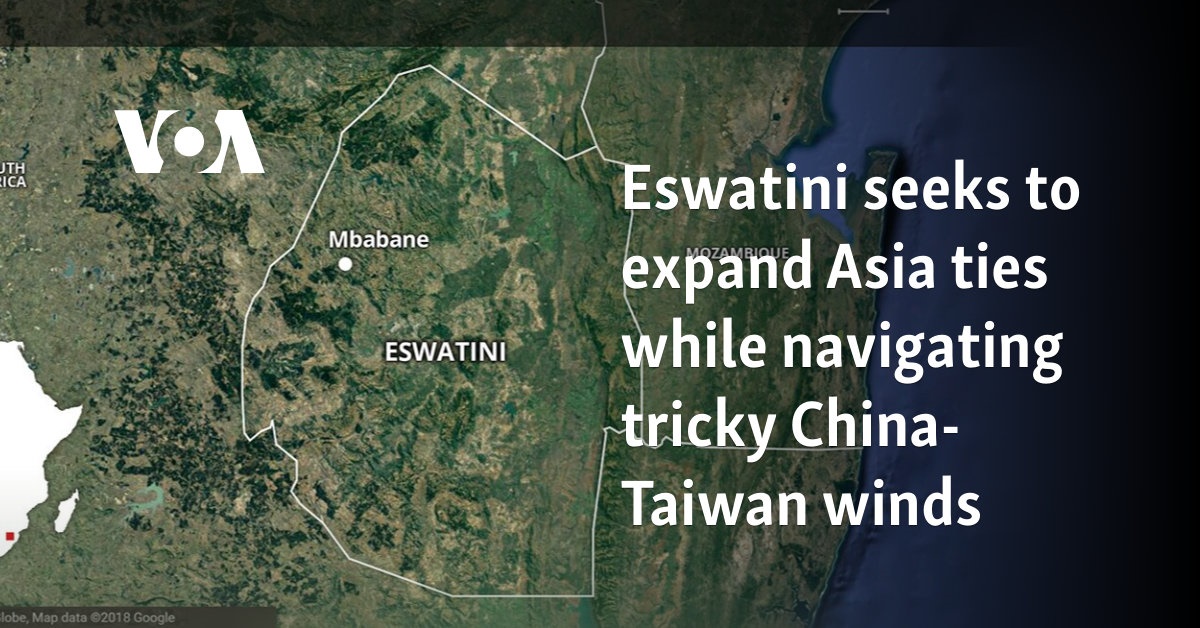Table of Contents
The Indo-Pacific region has become a focal point of global significance, with the Association of Southeast Asian Nations (ASEAN) at the heart of the strategic transformation. The region's maritime expanse holds geopolitical significance, making maritime security a priority for nation-states. Over 90% of world trade is accounted for through the region's maritime routes, and the area is home to vital choke points and shipping lanes. The region is experiencing heightened activity through cooperation, partnerships, and competition among states and non-state actors. China's assertive approach in the region has led to a power struggle between the United States, Japan, Australia, China, and India. The Indo-Pacific is evolving into a space characterized by heightened competitiveness and converging security interests. The emergence of mini-multilateral bodies reflects the shift in the strategic realignment in the region. The principle of Responsibility-to-Protect guides the collective responsibility in the region, but China's extended interest in reclaiming control of the South China Sea is causing a dilemma for nation-states. The strategic transformation of the Indo-Pacific region will be critical to charting a roadmap for peace and stability in the region.








